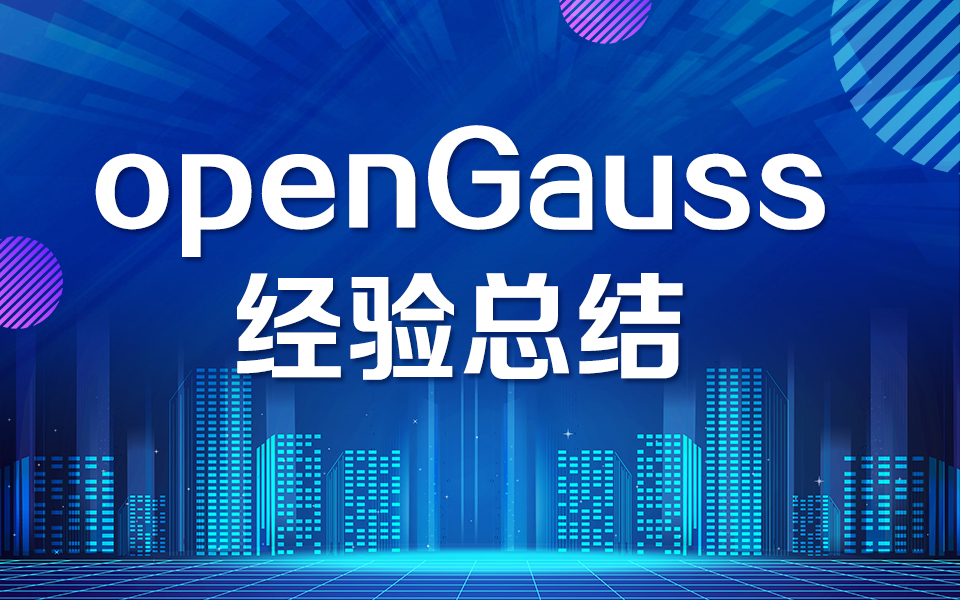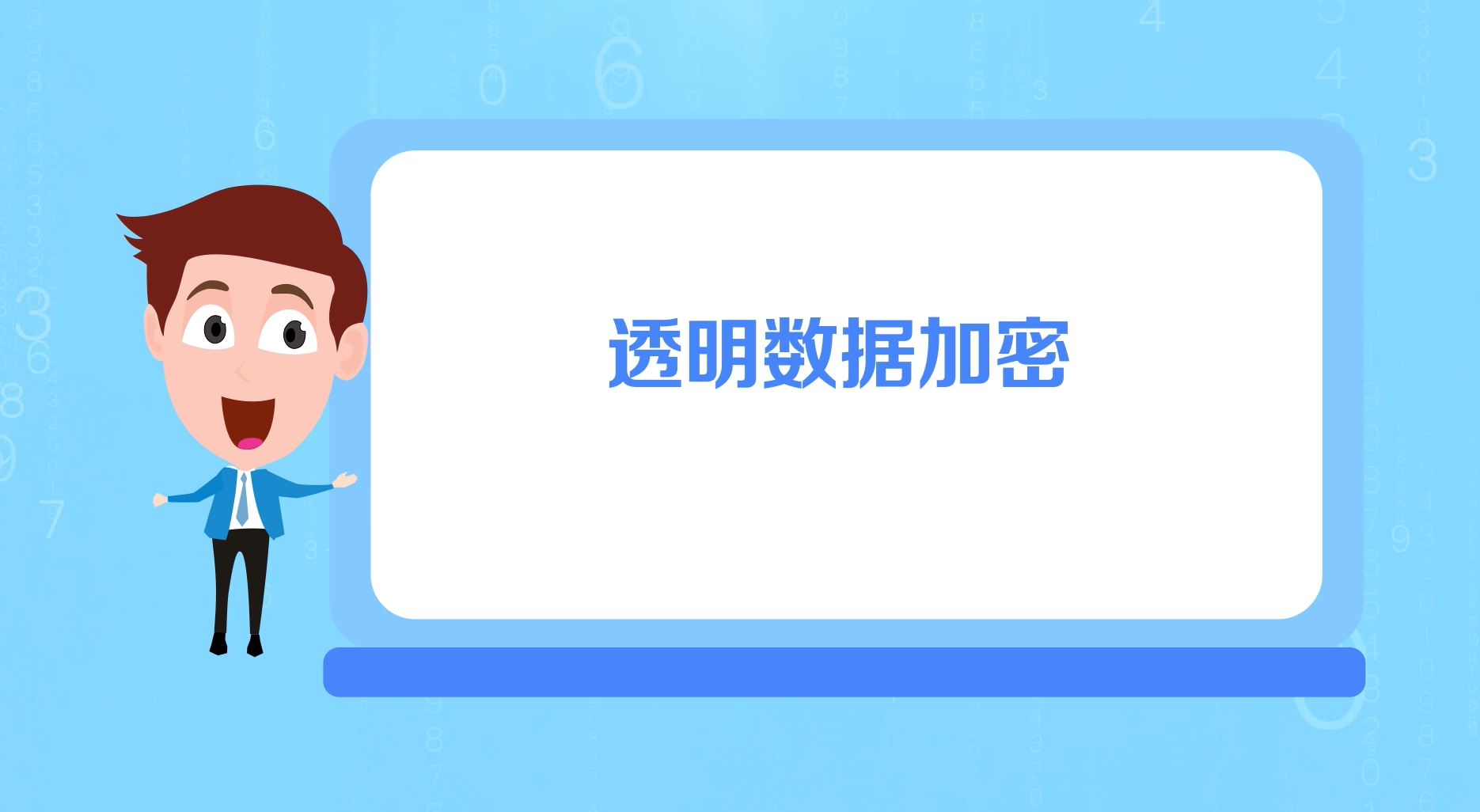EventSource前端使用(需要添加header等自定义配置)
一、原生EventSource(一)定义:MDN详解:Web API 接口参考>EventSource(二)使用方式:const eventSource = new EventSource('/api/test');// 正常的EventSource,我们只关心以下三个事件/** open:订阅成功(和后端连接成功)*/eventSource.addEventListener("open",
·
一、原生EventSource
(一)定义:
MDN详解:Web API 接口参考>EventSource
(二)使用方式:
const eventSource = new EventSource('/api/test');
// 正常的EventSource,我们只关心以下三个事件
/*
* open:订阅成功(和后端连接成功)
*/
eventSource.addEventListener("open", function(e) {
console.log('open successfully')
})
/*
* message:后端返回信息,格式可以和后端协商
*/
eventSource.addEventListener("message", function(e) {
console.log(e.data)
})
/*
* error:错误(可能是断开,可能是后端返回的信息)
*/
eventSource.addEventListener("error", function(err) {
console.log(err)
// 类似的返回信息验证,这里是实例
err && err.status === 401 && console.log('not authorized')
})
// 需要关闭了
eventSource.close()
Tip:我们值得注意的语法:new EventSource(url, configuration)
看一下MDN:
// 1、参数
(1) url:一个USVString ,它代表远程资源的位置
(2) configuration 可选:为配置新连接提供选项。
可选项是:withCredentials,默认为 false,指示 CORS 是否应包含凭据( credentials )。
// 2、返回值
一个新建的 EventSource 对象,如果指定了configuration, 则按其配置;否则,配置为合适的基本默认值。
发现要是更自定义的配置,比如加header什么的就不行了,所以我找了找合适的封装后的库,还真找到了:
github地址:EventSource polyfill
二、EventSource polyfil
(一)使用方式
import { EventSourcePolyfill } from 'event-source-polyfill';
const eventSource = new EventSourcePolyfill('/api/test', {
headers: {
'X-Custom-Header': 'value'
}
});
/*
* open:订阅成功(和后端连接成功)
*/
eventSource.addEventListener("open", function(e) {
console.log('open successfully')
})
/*
* message:后端返回信息,格式可以和后端协商
*/
eventSource.addEventListener("message", function(e) {
console.log(e.data)
})
/*
* error:错误(可能是断开,可能是后端返回的信息)
*/
eventSource.addEventListener("error", function(err) {
console.log(err)
// 类似的返回信息验证,这里是实例
err && err.status === 401 && console.log('not authorized')
})
// 需要关闭了
eventSource.close()
基本使用方法如此,此文只是工作中遇到使用,具体定义MDN写的很清楚了,如有疑问也可留言与我交流,最后的最后,希望能帮到大家解决业务问题!
更多推荐
 已为社区贡献2条内容
已为社区贡献2条内容









所有评论(0)